LovingVsPrejudice.za

Braam
Section 9 of the Constitution forming a cornerstone of the South African bill of rights guarantees equality before the law and freedom from discrimination to the people of South Africa.
Frantz Fanon once said: ‘Each generation must find its cause, fulfil it or betray it’.
The trajectory of liberation has become the understanding of freedom, employing the ideology that liberation is a journey rather than a destination. Native Southern Africans have endured centuries of prejudice and colonial oppression, and looked to 1994 as a moment of revolution. But the end of apartheid did not bring the full transformation many had hoped for.
Although we often think of the past centuries as a time of strict racial separation, especially under colonial rule, it’s important to remember that in many cases, interracial relationships were not illegal during the early colonial period. It was significantly during the apartheid era that being with someone of a different race was criminalised. Post ’94 these laws have fallen away leading us to rightfully ask: “Now where are we?”
At the heart of the project “LovingVsPrejudice.za”, is taking stock of where we are now. It’s not about judging one way or the other. Much stock is taken when indexes are done on where we rank economically, politically and so forth, but there is little collection or research of data around aspects of social cohesion; the day to day lives of people post ’94. How are people really living, post-1994? Are interracial relationships thriving? In an era where people are no longer legally required to be apart, why do so many still remain separate? These are the questions the project asks society.
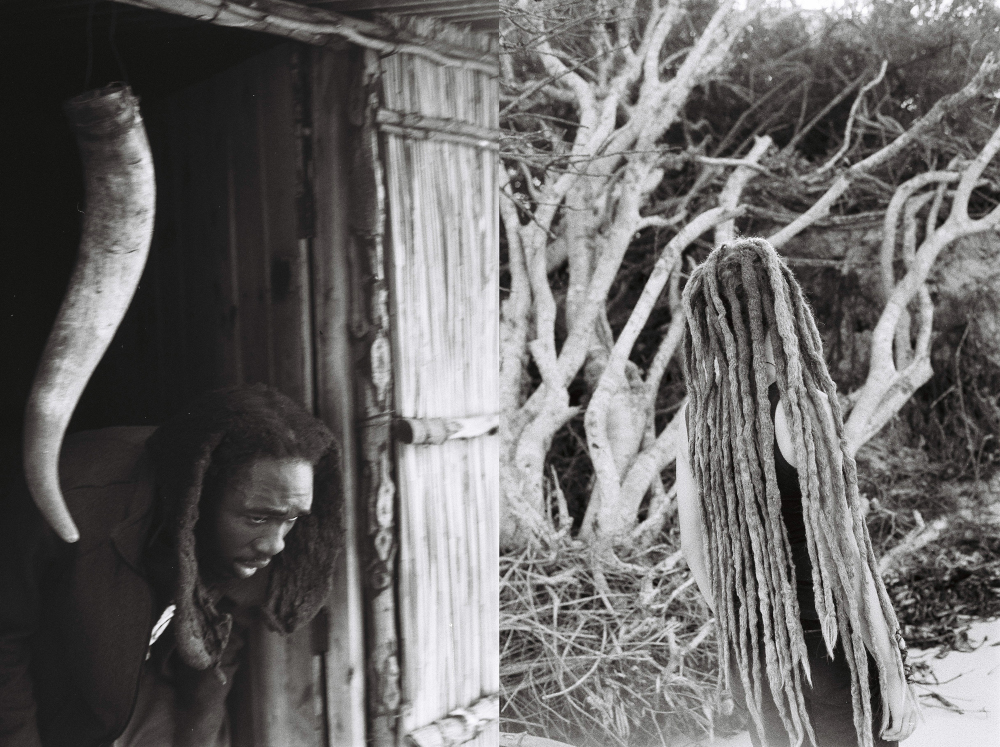
Maputo, Mozambique
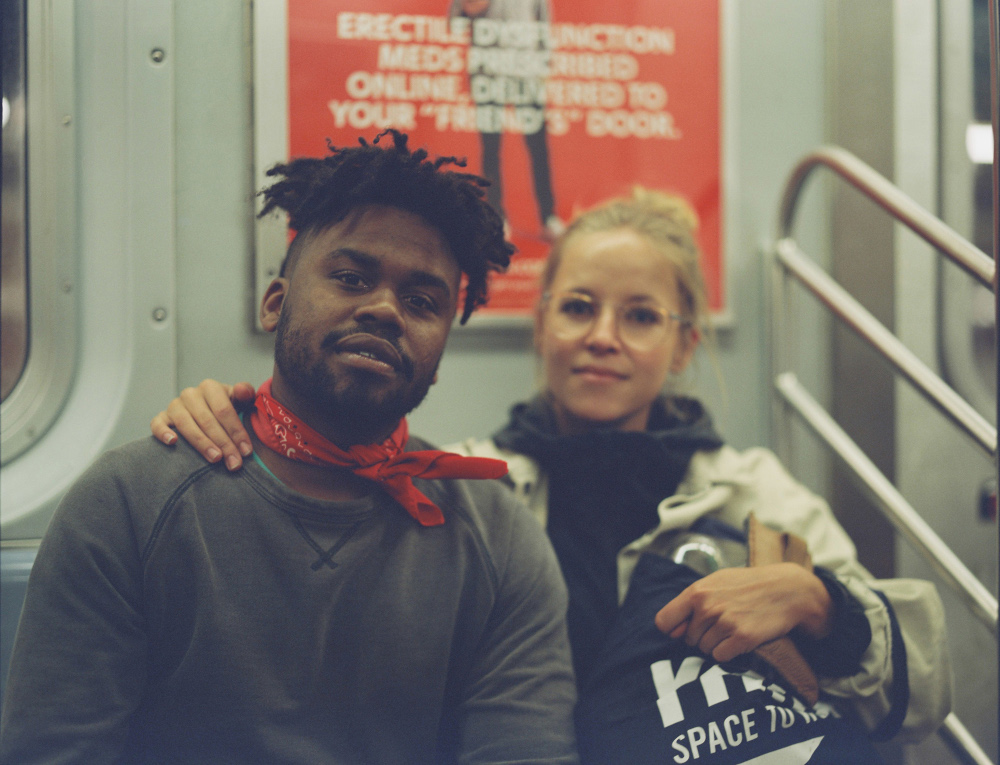
New York, USA
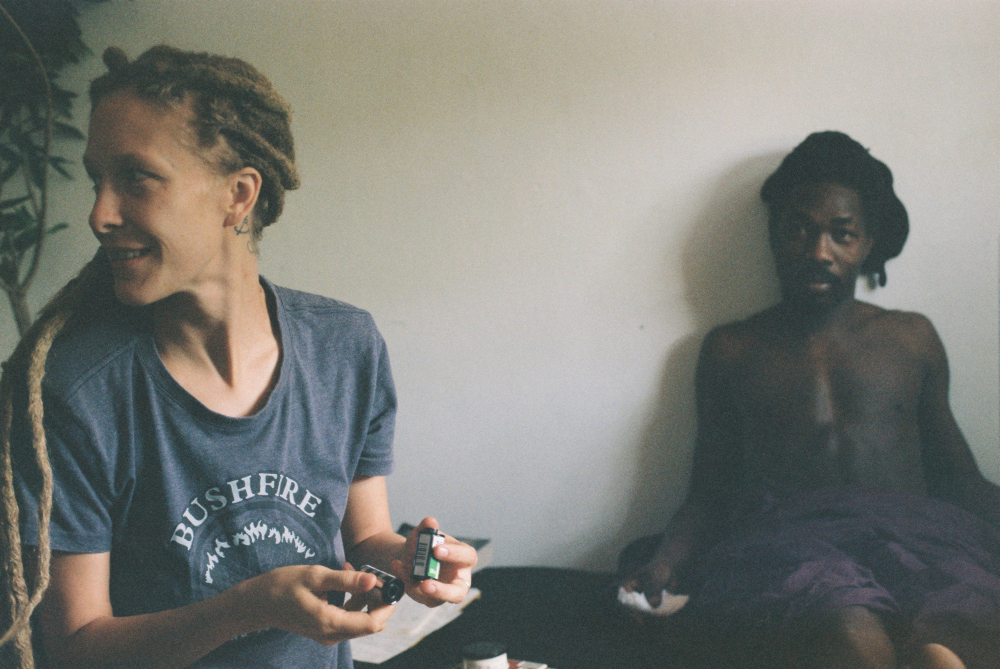
Maputo, Mozambique
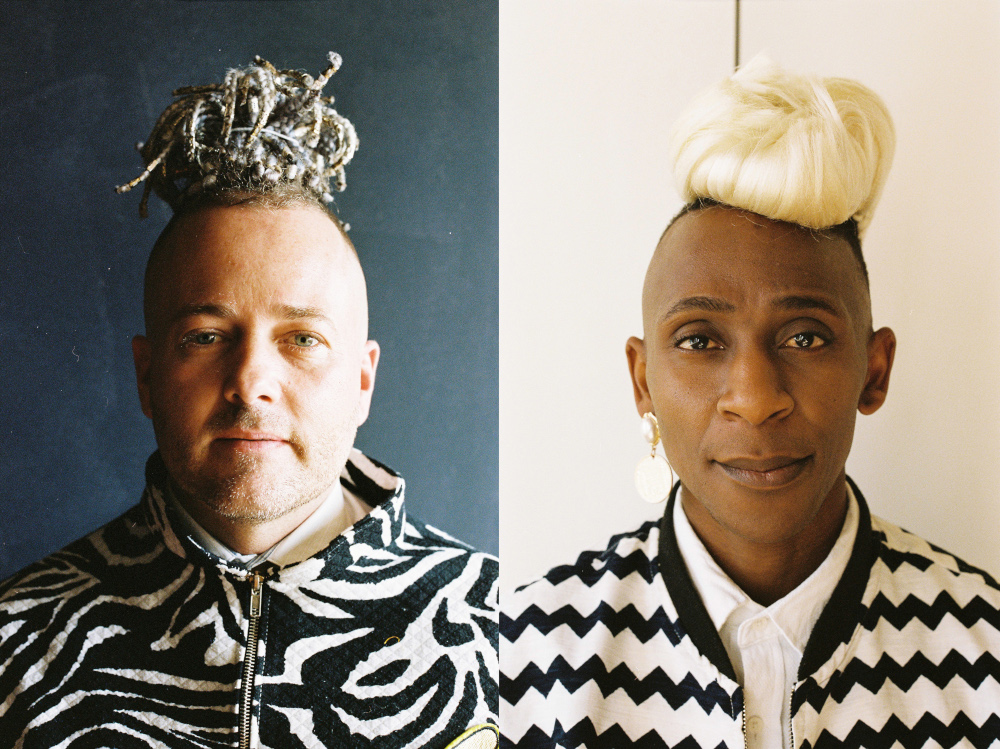
Houghton, South Africa
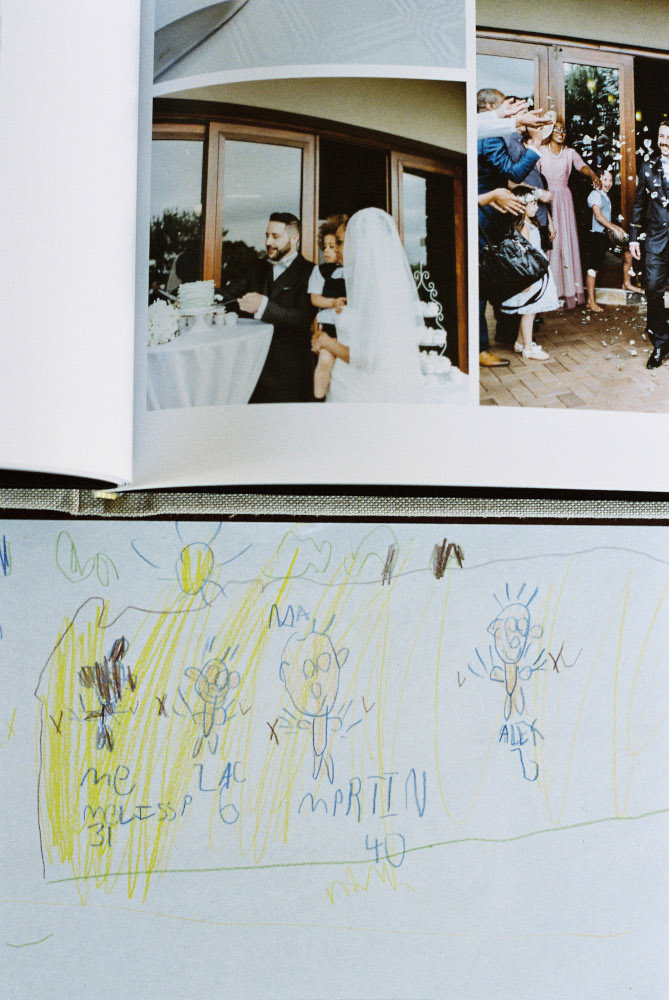
Johannesburg, South Africa

Cape Town, South Africa

Cape Town, South Africa
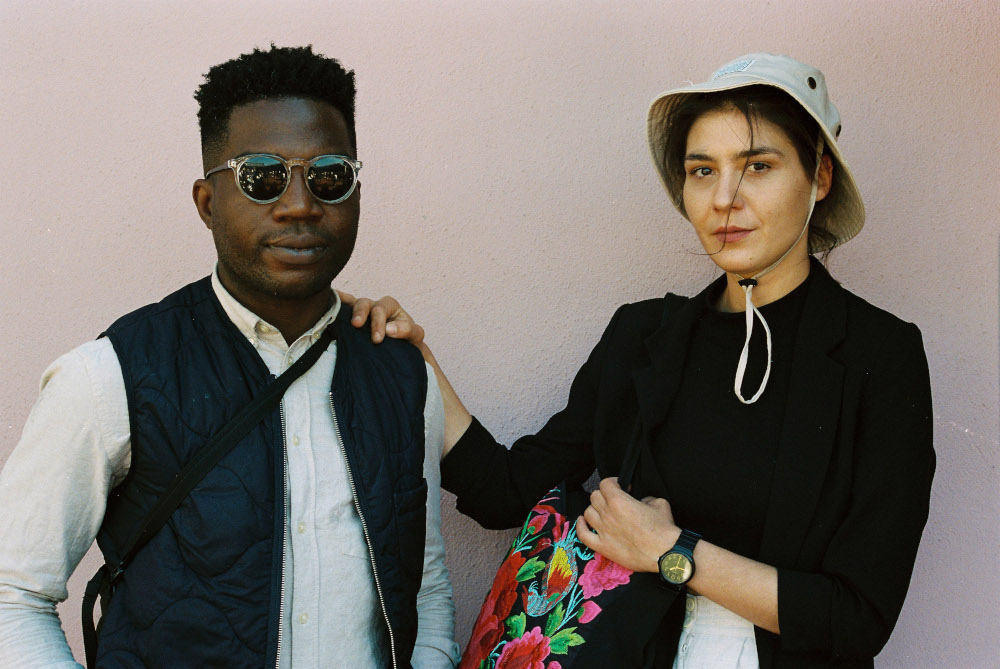
Cape Town, South Africa